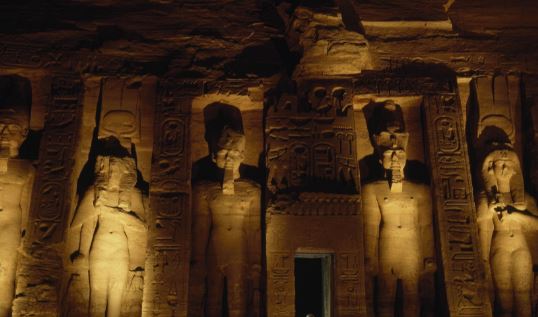Pharaoh

Pharaoh is the common title now used for the monarchs of ancient Egypt from the First Dynasty (c. 3150 BCE) until the annexation of Egypt by the Roman Empire in 30 BCE, although the term “pharaoh” was not used contemporaneously for a ruler until Merneptah, c. 1210 BCE, during the Nineteenth dynasty, “king” being the term used most frequently until the middle of the Eighteenth Dynasty.
In the early dynasties, ancient Egyptian kings used to have up to three titles: the Horus, the Sedge and Bee (nswt-bjtj), and the Two Ladies or Nebty (nbtj) name. The Golden Horus as well as the nomen and prenomen titles were added later.
In Egyptian society, religion was central to everyday life. One of the roles of the pharaoh was as an intermediary between the deities and the people. The pharaoh thus deputised for the deities in a role that was both as civil and religious administrator. The pharaoh owned all of the land in Egypt, enacted laws, collected taxes, and defended Egypt from invaders as the commander-in-chief of the army.
Religiously, the pharaoh officiated over religious ceremonies and chose the sites of new temples. The pharaoh was responsible for maintaining Maat (mꜣꜥt), or cosmic order, balance, and justice, and part of this included going to war when necessary to defend the country or attacking others when it was believed that this would contribute to Maat, such as to obtain resources.

